In the world of construction and trades, managing the components of a project can feel overwhelming. From tracking materials and labor to keeping an eye on overhead costs, it’s easy to become bogged down in details. However, effective tracking is crucial for profitability and project success. Here are some strategies to help you manage these aspects without losing your sanity.
Understanding the Key Components
Before diving into tracking methods, let’s clarify the three main components you’ll need to monitor:
1. Materials
Materials encompass all physical items a project needs, from lumber and concrete to plumbing supplies. Accurate tracking ensures you have the right materials on hand and minimizes waste.
2. Labor
Labor costs are the expenses associated with the workforce involved in your projects. This includes wages, benefits, and any overtime pay. Proper labor tracking helps you manage your budget and ensure fair compensation.
3. Overhead
Overhead refers to the indirect costs incurred to run your business, such as rent, utilities, insurance, and administrative expenses. Understanding overhead is vital for accurately calculating project profitability.
Effective Tracking Strategies
Here are some practical strategies to help you track materials, labor, and overhead efficiently:
1. Use Project Management Software
Using project management software can help you monitor and track your processes effectively. Look for tools specifically designed for the construction industry, which often include features for:
- Material Inventory Management: Track what materials you have on hand, what’s been used, and what needs to be ordered.
- Labor Tracking: Monitor hours worked, assign tasks, and calculate labor costs easily.
- Budgeting and Overhead Tracking: Get insights into your overhead and ensure it aligns with your project budgets.
2. Implement a Daily Log System
Encourage your team to maintain daily logs that record materials used, hours worked, and overhead expenses incurred. This will help keep everyone accountable and provide you with real-time data to review.
3. Categorize Expenses
Break down your expenses into clear materials, labor, and overhead categories. This will simplify the tracking process and make it easier to analyze spending patterns. Consider using codes or tags in your accounting software for quick reference.
4. Conduct Regular Reviews
Check your tracking data regularly to spot any gaps or areas that need improvement. Weekly or bi-weekly check-ins ensure you stay on top of costs and make necessary adjustments before they escalate.
5. Train Your Team
Make sure your team knows how to track things correctly and how to use the tools you’ve set up. Providing training can empower them to contribute effectively, leading to better data collection and project management.
Tracking materials, labor, and overhead doesn’t have to be a source of stress, especially when you have Nailed It Accounting by your side. As experts in bookkeeping for construction and trades businesses, we help you streamline your processes and maintain control over your projects. By implementing effective strategies and utilizing the right tools, we ensure that your data stays organized, leading to informed decisions that drive your business’s success. Take a deep breath, and let us help with our expert bookkeeping services.

